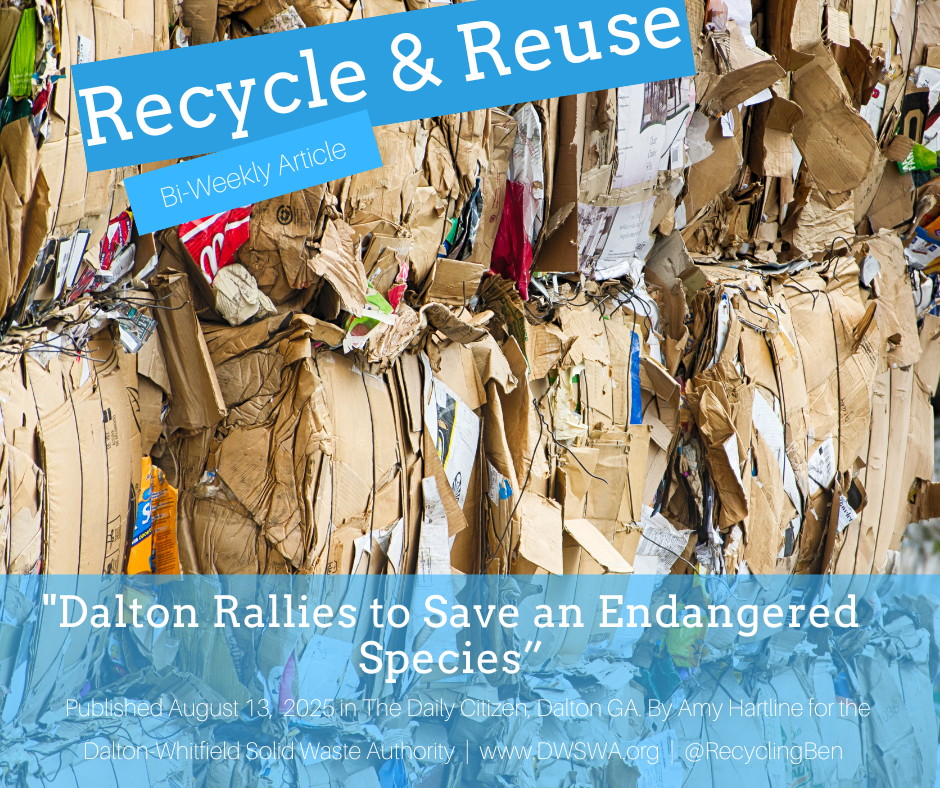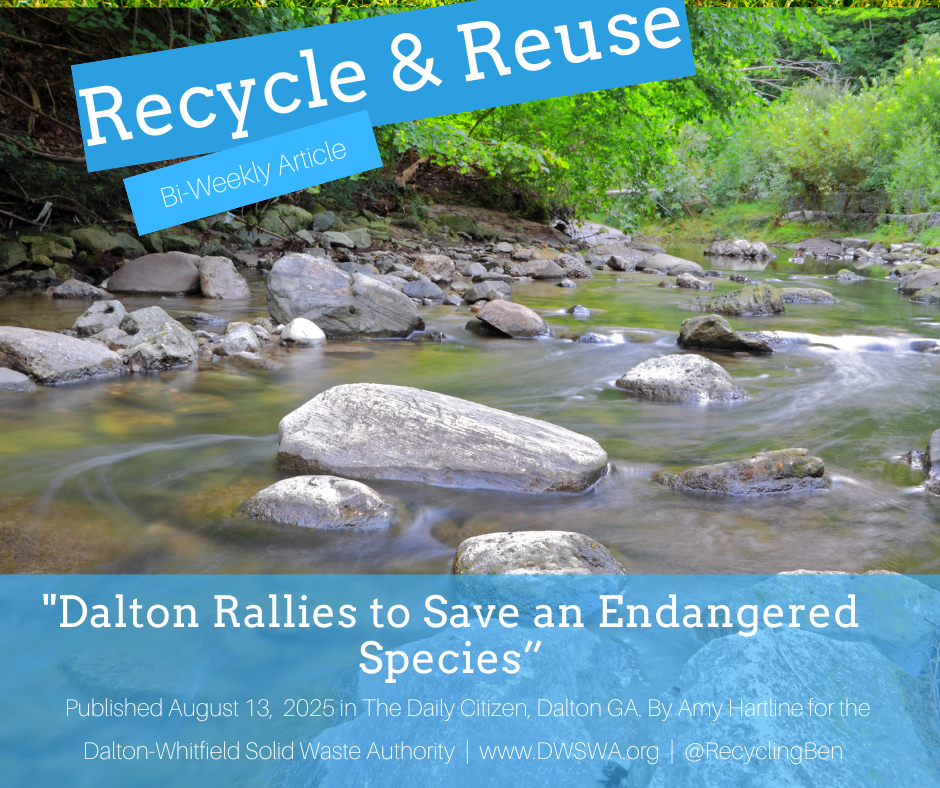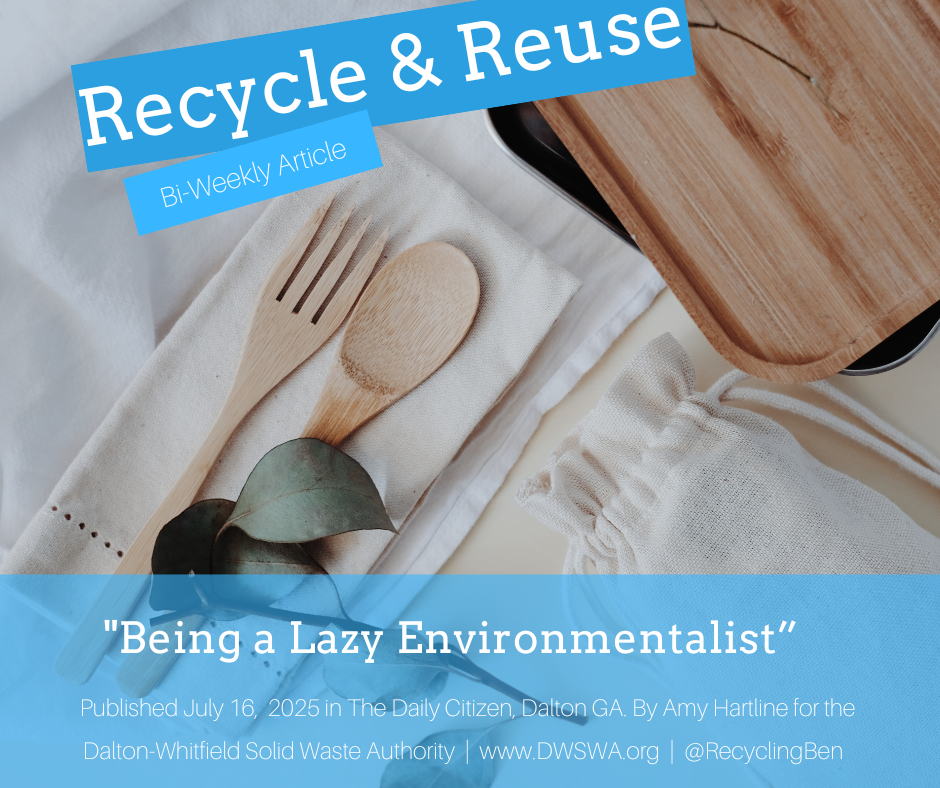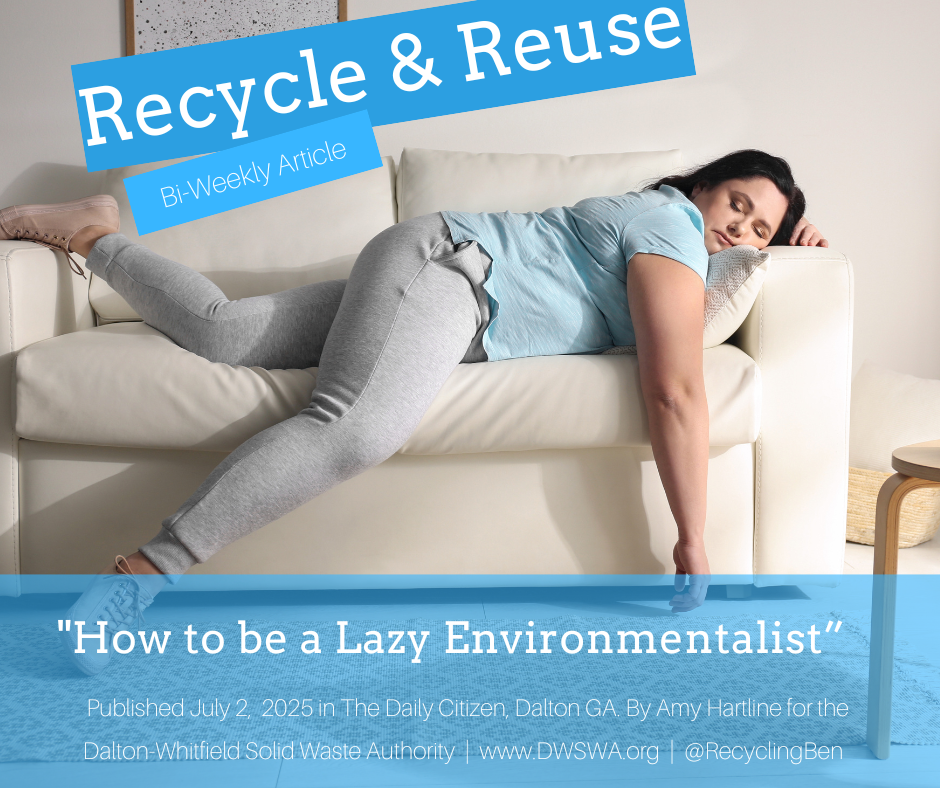Compost! Healthy Soil, Healthy Food
/Food scraps added to an outdoor composting bin will transform into a beneficial soil amendment called compost as they decompose with other organic matter. Compost helps make healthier soils, and as a result, healthier foods.
This week is International Compost Awareness Week (ICAW), the first full week of May dedicated to bringing awareness of the benefits of this very important soil amendment sometimes referred to as “black gold”. The theme for 2017 is “Compost! Healthy Soil, Healthy Food.” If you ate something grown in the ground today, you can take a moment to thank compost which helps maintain soils healthy. And, as this year’s theme notes, healthy soils equal healthy, nutritious food.
New this year is the launch of a short video from Kiss The Ground, the creators of “The Soil Story” (www.kisstheground.com), who state, “Healthy soil has the miraculous ability to sequester carbon. And it’s not just carbon storage, healthy soil leads to: clean water, nutritious food, drought resistance, and restored habitats.” The new video, “The Compost Story” reminds us that “We can balance the climate and feed the world by building healthy soil.”
“The Compost Story” begins with actress Rosario Dawson asking, “Have you ever looked at a banana peel and wondered, is that it? Could this humble peel serve a greater purpose?” Viewers will learn that organic waste, like food scraps, are actually a resource that helps nurture soils. As organics decompose they leave behind what in essence can be called probiotics for soil. Humans can help restore soil by creating compost from their own food scraps and other organic waste instead of putting it in the landfill.
In the US over half of things being thrown away are actually compostable materials like food waste, paper, yard trimmings, and wood. When we landfill compostable materials we are throwing away the building blocks of life that need to be part of the regenerative composting process. Only 5 percent of food scraps are being composted resulting in over 60 billion pounds of mineral rich foods ideal for composting are being landfilled.
Locally there is not a large-scale composting operation available, or any type of residential collection program accepting food scraps. However, composting is something anyone can do at home. First you need to decide what type of compost bin you need. Will you be doing just a little composting because you live alone? Or do you have a lot of yard trimmings requiring a larger outdoor bin? Can you make one yourself or do you need to purchase one already assembled?
For small spaces like apartments you may consider using a method called Bokashi which is contained in a bucket, or you may prefer using small red worms for Vermicomposting. In the backyard, you can set up hoop or bin to collect the ingredients for compost. A hoop is usually made from chicken wire and is shaped like a circle. Bins contain yard trimmings more neatly, and can also be made rodent proof. These can be built with reused wood, wire, or other materials, making a square or rectangular box shape with a lid.
Once you have a bin you can start collecting food scraps and other ingredients to make compost. Organic materials that are candidates for a home compost bin or pile include grass clippings, leaves, shrub prunings, flowers, sawdust, hair, fruit and vegetable scraps, coffee grounds, tea bags, and uncoated paper like newspaper. When combined correctly the ingredients will decompose, break down, and create organic matter called compost. Finished compost looks a lot like dark rich soil and usually smells like soil after it rains.
Items not recommended for composting at home include meat, bones, dairy products, fish, greasy foods, animal feces, unchopped woody waste, weeds or diseased plants, and glossy paper. Some of the items can take a long time to decompose in a small backyard compost pile, create a foul odor and attract pests. Items like animal waste are best used by large commercial compost operations that can get their compost piles hot enough to kill pathogens.
A basic compost pile will have a mix of ingredients that are called brown and green. Browns are usually dry organic materials like shredded newspaper, wood chips, and dry leaves. Greens are typically wet organic plant matter like food scraps and grass clippings. To start a pile, you’ll need a layer of browns, like small branches, or a shredded cardboard box. Then, add a layer of green material like grass clippings. Every time you add food scraps be sure to add something from the brown category too. A compost pile is built up in layers of browns, followed by greens.
Continue to add material regularly to keep your pile growing and active. Depending on the type of bin you have, you may need to turn the pile with a shovel or pitchfork to blend the materials about every two weeks. Depending on your methods and ingredient mix you could have finished compost at the bottom of your pile in 3 to 6 months. Add the finished compost to your garden at home, or if you don’t have one, donate it to a community garden or school garden.
































